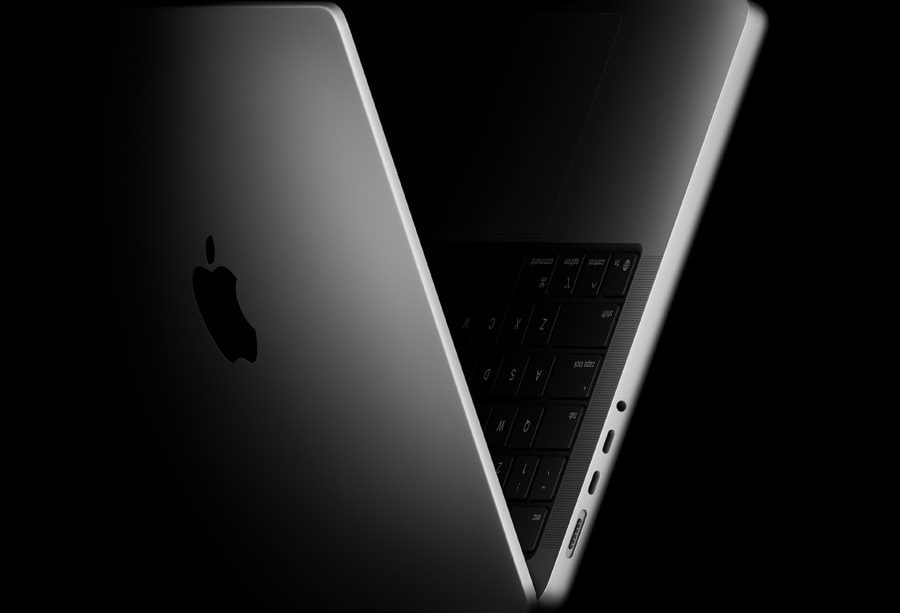Apple MacBook Pro with M5 Chip: A Revolutionary Leap

Introduction
The launch of the Apple MacBook Pro equipped with the M5 chip marks a significant milestone in computing technology. As Apple continues to innovate, the M5 chip promises to enhance performance and efficiency, making it a vital upgrade for professionals and creatives alike. This introduction of the M5 processor not only showcases Apple’s commitment to advancing personal computing but also sets a benchmark for competitors in the industry.
The M5 Chip: Features and Specifications
The M5 chip builds on Apple’s successful M1 and M2 architecture, offering even greater speed and battery efficiency. It features an 8-core CPU and up to 10-core GPU, allowing for seamless multitasking and high-performance graphics. This chip supports up to 64GB of unified memory, enabling users to run multiple demanding applications simultaneously without lag.
Moreover, the M5 chip is designed with machine learning capabilities, making it ideal for creative applications like video editing and graphic design. Apple’s Neural Engine ensures that tasks such as image recognition and natural language processing are performed quicker than ever, providing an enhanced user experience for professionals.
Real-world Performance
Initial benchmarks and user reviews have indicated that the Apple MacBook Pro with M5 chip performs exceptionally well under various workloads. Users report significant improvements in rendering times for videos and efficient handling of large data sets. The laptop also boasts impressive battery life, lasting up to 20 hours on a single charge, making it a perfect companion for users on the go.
Conclusion
The Apple MacBook Pro with M5 chip is not just a luxury; it’s a powerful tool for anyone looking to push the boundaries of their creativity and productivity. As Apple continues to evolve its silicon technology, expectations for future devices are heightened. For users contemplating an upgrade, the M5 chip offers compelling reasons to make the switch, ensuring they remain at the forefront of technological innovation. As the market adapts to these advancements, the significance of pure performance and efficiency becomes increasingly crucial, setting the standard for future devices.









